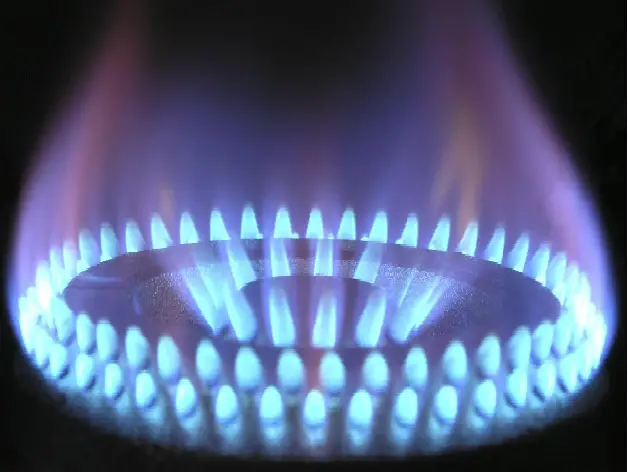On Wednesday, the Financial Times reported that European gas traders have begun using storage facilities in Ukraine to hold excess volumes of the fuel as the winter heating season approaches, despite the active military conflict ongoing in the nation.
Part of the reason is that the storage facilities in Europe are at present, almost 99% full, according to data provided by Gas Infrastructure Europe.
According to the data, the bloc managed to reach its 99% target for reserve gas storage in August, roughly two and a half months prior to the November 1st target it had set.
However energy companies in the EU continue to purchase fuel and stockpile it, including liquified natural gas, as they prepare in the event of a supply shortage during the winter.
However since storage facilities in the EU are nearly full, European energy companies are increasingly diverting their acquisitions to Ukraine, which houses the largest infrastructure for the storage of gas reserves in Europe, according to the report in FT. As they have shipped their purchased gas to Ukraine for storage, the amount of gas being held in Ukraine has hit the highest level since February 2022, when Russia’s military action against Ukraine began.
Analysts have warned that if Europe sees a longer, colder winter, it is possible the region will experience delivery disruptions, or see geopolitical tensions which could impact energy markets, and send the prices of energy skyrocketing.
Natasha Fielding, head of European gas pricing at price reporting agency Argus, said, “The risk of a gas shortage in Europe is low for this winter, barring any major unplanned supply disruptions or long, deep cold snaps that hit Europe and Asia at the same time,” adding that the EU has prepared by building stocks to the greatest degree it could have.
It has also been reported that some European energy companies have contracted LNG tankers to hold additional reserves, and maintain them as “floating storage,” which are holding the additional reserves while floating offshore.

